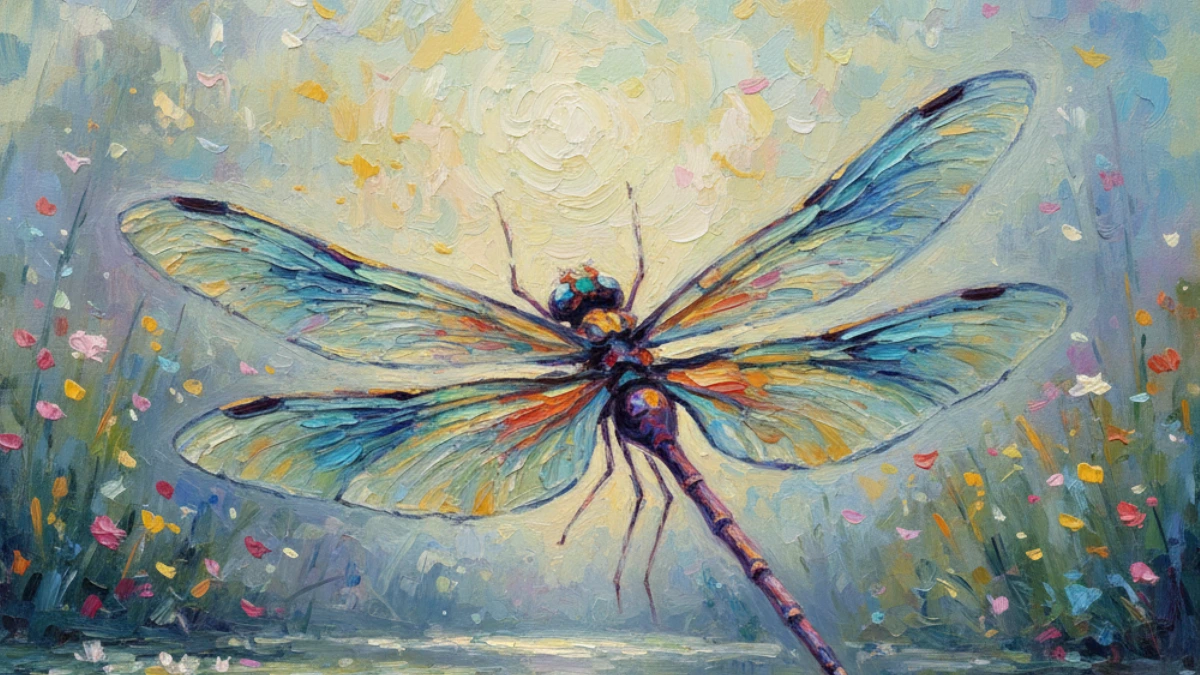This short assessment helps measure how strongly insects and other arthropods trigger fear, panic, or avoidance behaviors.

Fear Of Arthropods Questionnaire
Understand your reactions to insects, spiders, and other crawling creatures.
Many people experience discomfort around insects, but for some, the fear can feel intense, overwhelming, or difficult to control. The Fear of Bugs and Insects Quiz explores emotional, physical, and behavioral reactions that arise when encountering arthropods such as insects, spiders, and centipedes.
This assessment focuses on common fear responses including panic, avoidance, and beliefs about harm or danger. By answering honestly, you can gain insight into whether your reactions fall within a typical range or suggest heightened insect-related anxiety. Understanding these patterns is often the first step toward managing fear more effectively.
If you’re interested in how fear connects with broader sensitivity or anxiety patterns, you may also want to explore the Anxiety Sensitivity Test or the Fear of Animals Scale.
Frequently Asked Questions
- How long does this quiz take?
- Most people complete this quiz in about five minutes.
- Are my responses private?
- Yes, all Fear Of Arthropods Questionnaire answers are anonymized and confidential.
- Can I take this test more than once?
- Yes, you can retake the test any time to see how your Fear Of Arthropods Questionnaire results may have changed.
- Will this quiz diagnose a phobia?
- No, this quiz is not a diagnostic tool, but it can help you understand the intensity of your insect-related fears.
- Can my results help me manage my fear of insects?
- Yes, recognizing your fear patterns can be a helpful first step toward coping strategies or professional support.
Fear of Bugs & Insects Questionnaire: Take The Test
References
Disclaimer
This scale is designed for educational purposes and is not a substitute for professional diagnosis or treatment.

